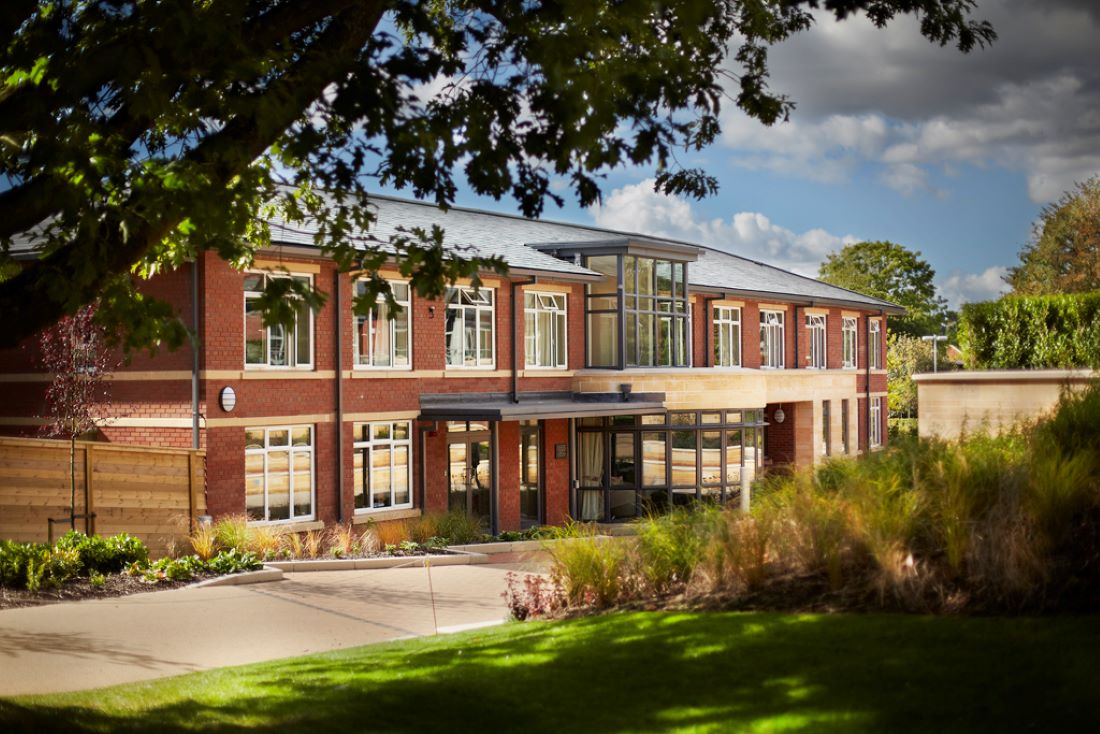A visit to the Avoncraft Museum of Historic Buildings, just south of Bromsgrove, is a walk through seven centuries of English history, with each building providing a snapshot of life in its particular period. The first building, a timber-framed merchant’s house from Bromsgrove, was brought to the site in 1967, since when over 20 more have been installed.
In addition to the buildings themselves, the Museum has regular demonstrations of such crafts as woodturning, windmilling, racksawing, brickmaking, chain-making and nail-making. There’s also a shop, refreshment area, picnic site, a children’s area, horse-drawn wagon rides and farm animals wandering around freely. One of the most treasured exhibits is the original 14th-century beamed roof of Guesten Hall from Worcester Cathedral, now covering a modern brick building. In an area behind the shop is another unique collection, the BT National Telephone Kiosk Collection (01527 831809).
Bromsgrove Museum, near the town centre, has displays of local crafts and industries, including glass, salt and nail, and the Bromsgrove Guild, an organisation of craftsmen founded in 1894. The Guild of highly skilled craftsmen had its finest hour when commissioned to design and make the gates and railings of Buckingham Palace.
Another popular exhibit is a street scene of Victorian shops. Besides the museums, there is plenty to see, including some very handsome timber-framed buildings in the High Street, where stands a statue of AE Housman, the town’s most famous son. Alfred Edward Housman was born one of seven children at Fockbury, Bromsgrove, in 1859, and spent his schooldays in the town.
After a spell at Oxford University, and some time teaching at his old school, he entered the Civil Service in London, where he found time to resume his academic studies. He was appointed Professor of Latin at University College, London, in 1892 and soon afterwards he published his first and best-known collection of poems – A Shropshire Lad. His total output was not large, but it includes some of the best-loved poems in the English language. He died in 1936 and is buried in the churchyard of St Lawrence in Ludlow. The forming, in 1972, of a Housman Society brought his name to the forefront of public attention, and in the region of Bromsgrove walking and motoring trails take in the properties and places associated with him. Bromsgrove has a prestigious annual music festival held during the month of May, when the town plays host to a wide range of musical entertainment from orchestral concerts to jazz, and featuring many well-known artists. Another annual event is the revival of the Court Leet, an ancient form of local administration.
A colourful procession moves through the town and there’s a lively Elizabethan street market. The Church of St John the Baptist – see his statue over the south porch entrance – contains some superb 19th-century stained glass and an impressive collection of monuments, notably to members of the Talbot family. Side by side in the churchyard are the tombs of two railwaymen who were killed in 1840 when the boiler of their engine exploded while climbing the notorious Lickey Incline (see Burcot below).
BURCOT 3 miles NE of Bromsgrove on the B4184 B Locks at Tardebigge Burcot was long associated with the Floyd family of blacksmiths, who had been blacksmiths in Ireland for 500 years before coming here to work at the long-established forge. During World War I, three members of the Floyd family and one employee made 25,000 shoes for cavalry horses.
The stretch of railway that includes the Lickey Incline is, at 1 in 37.7, the steepest gradient on the whole of the British rail network. One specially powerful locomotive, 58100 (better known as Big Bertha), spent its days up until the late 1950s helping trains up the bank, a task that was later performed by massive double-boilered locomotives that were the most powerful in the then British Railways fleet. The steepness of the climb is due to the same geographical feature that necessitated the construction of the unique flight of Locks at
Tardebigge, between Bromsgrove and Redditch. In the space of 2.5 miles the canal is lifted by no fewer than 30 locks. In the actual village of Tardebigge, on the A448, the Church of St Bartholomew enjoys a lovely setting with views across the Severn lowlands. Built in 1777 to the design of Francis Horn of Warwick, it has a slender tower capped by a delicate needle spire.


